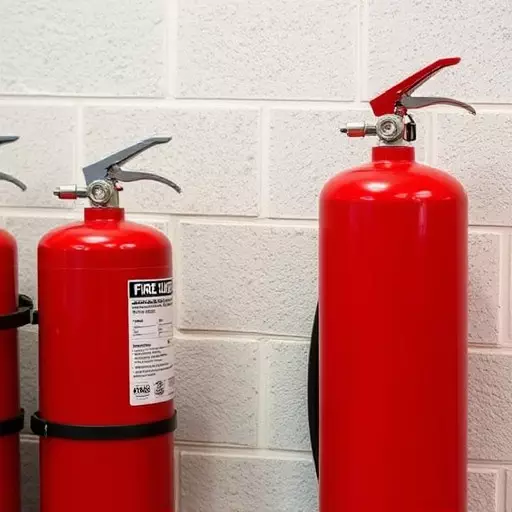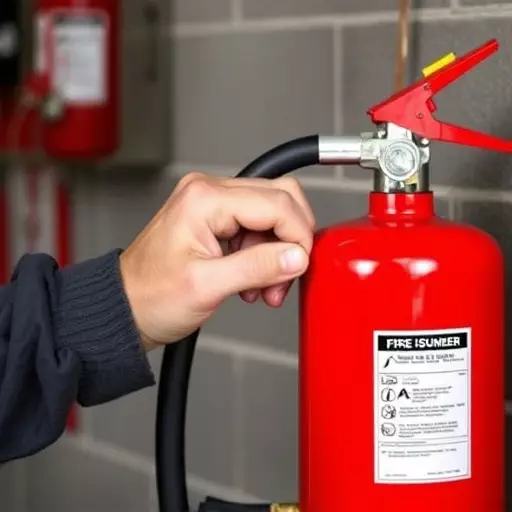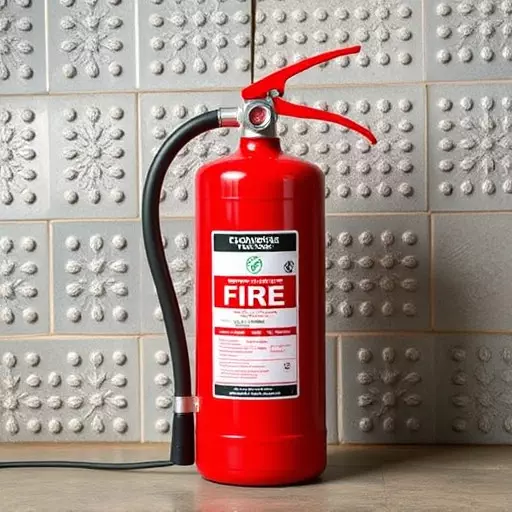- Understanding NFPA Standards for Fire Extinguisher Maintenance
- The Step-by-Step Process of Repairing a Fire Extinguisher
- Recognizing Common Indications of Fire Extinguisher Malfunction
Understanding NFPA Standards for Fire Extinguisher Maintenance
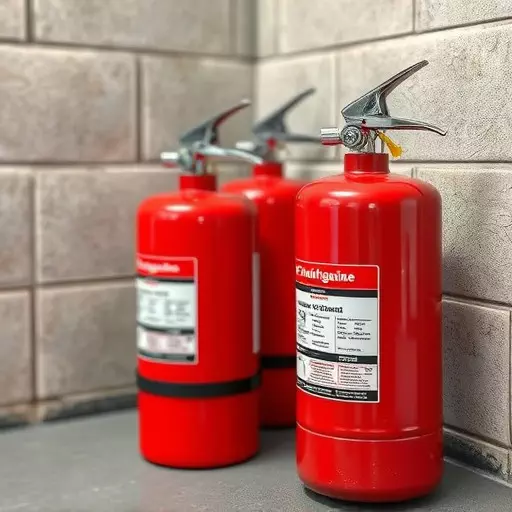
At Spring Lake, understanding the NFPA (National Fire Protection Association) standards for fire extinguisher maintenance is paramount for ensuring safety and compliance. These guidelines provide a comprehensive framework for regular inspections, testing, and repair of fire extinguishers to guarantee they are in optimal working condition when needed. The NFPA outlines specific procedures for evaluating fire extinguishers, including visual examinations and functional tests, to identify any signs of damage or malfunction.
Fire extinguisher training is crucial for recognizing the critical signs that a device needs repair. These may include leakage, corrosion, physical damage, or failure during testing. Promptly addressing these issues through the appropriate fire extinguisher repair process is essential to maintain the integrity and effectiveness of the equipment. By adhering to NFPA standards, Spring Lake residents and businesses can have peace of mind knowing their fire extinguishers are reliable life-saving tools ready for use in case of emergency.
The Step-by-Step Process of Repairing a Fire Extinguisher
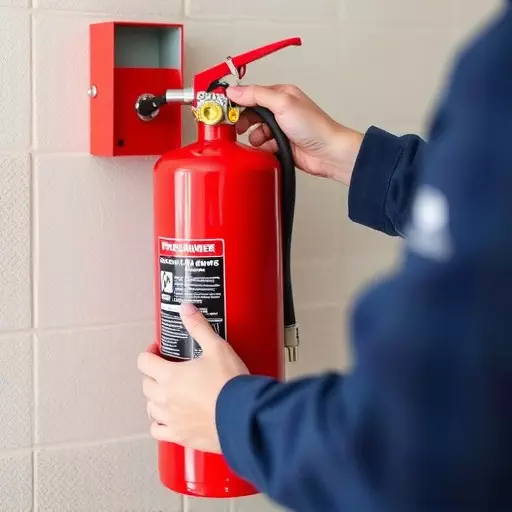
Repairs to fire extinguishers should never be taken lightly. It’s crucial to follow the NFPA (National Fire Protection Association) guidelines strictly. The process begins with thorough inspection, identifying any visible damage, corrosion, or leaks. Next, assess functionality by testing the pressure gauge and ensuring the seal is intact. If issues are detected, disassemble the extinguisher carefully, examining each component for wear, damage, or contamination.
Replace any faulty parts, such as damaged hoses, corroded nozzles, or depleted dry chemical agents. After meticulous cleaning and reassembly, re-certify the extinguisher’s proper operation through NFPA-approved testing methods. This ensures it’s ready to perform its vital role in fire safety, providing peace of mind for Spring Lake residents and businesses alike. Remember, proper fire extinguisher training is essential, complementing these repair steps to create a comprehensive fire safety strategy.
Recognizing Common Indications of Fire Extinguisher Malfunction

At Spring Lake, fire extinguisher training is paramount to ensure that residents and businesses alike are prepared for emergencies. Recognizing common indications of fire extinguisher malfunction is crucial in this regard. One of the first signs to look out for is physical damage to the extinguisher, such as dents, rust, or cracks in the body or nozzle. Even minor cosmetic issues can indicate underlying structural problems that may compromise the device’s effectiveness during a fire.
Regular visual inspections are essential, but so is paying attention to operational cues. If a fire extinguisher fails to discharge properly during training drills or appears to have reduced pressure, it could be malfunctioning. Additionally, unusual noises coming from the extinguisher, like hissing or leaking, should never be ignored. These signs necessitate immediate investigation and potential repair by certified professionals following the NFPA (National Fire Protection Association) guidelines for the fire extinguisher repair process.
